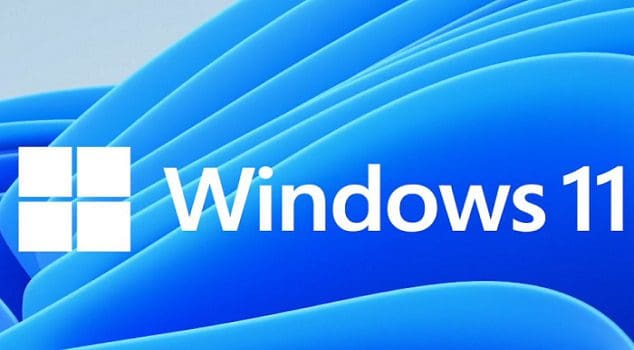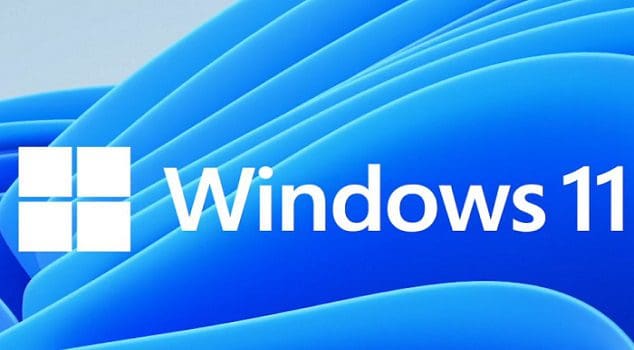Wondering how to find out if you are connected to a proxy server from your Microsoft Windows machine. Here’s how to find out which server you’re connected to.
- Select the “Start” button, then type “cmd“.
- Right-click “Command Prompt“, then choose “Run as Administrator“.
- Type “netsh winhttp show proxy“, then press “Enter“.
The proxy server you are connected to will be displayed.





Misleading and largely unhelpful.
Firstly the netsh command given does not need to be run as Admin, so that is an unnecessary complication.
Secondly (and more importantly) the command given shows the System Proxy configured for WinHTTP, which is intended for use by Non-interactive software (parts of Windows that do their stuff in the background). This is NOT the proxy that most Users software will use, and specifically its not what your Browser will use.
Interactive software is likely to use WinINET – also referred to as IE Proxy settings or User Proxy settings..
The User Proxy settings used by the Browser are more easily found by bringing up “Settings” – which is typically a Gear Wheel Icon, and following menus to reach System / Network / Proxy / Settings – How to do that does vary widely for different Browsers, and different versions of Windows.
Search for “Chrome Proxy Settings” (inserting name of your preferred Browser) is likely to bring up more specific help.
thanks a lot, it helped.
We, the average computer user have no idea what “automatically detect settings” is. or how to change it then reset it.
Does not help. Even when I turned on the proxy setting manually this showed nothing.
Not if you have “automatically detect settings” on.
Yes this helped